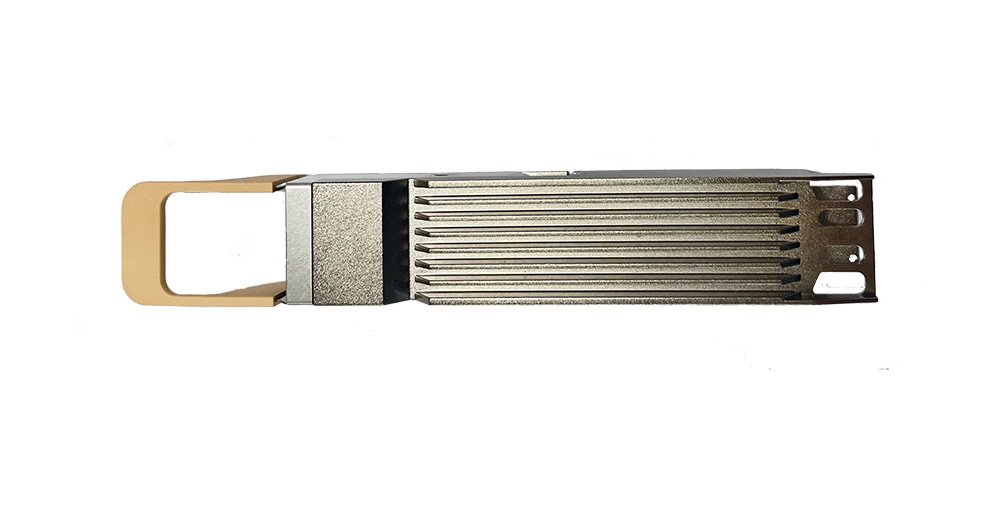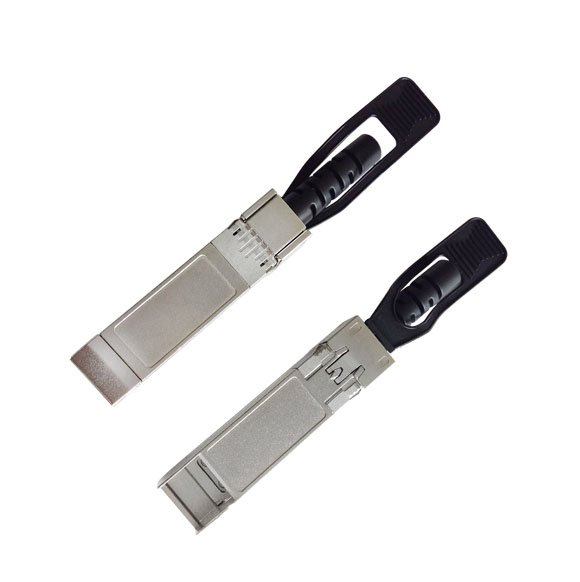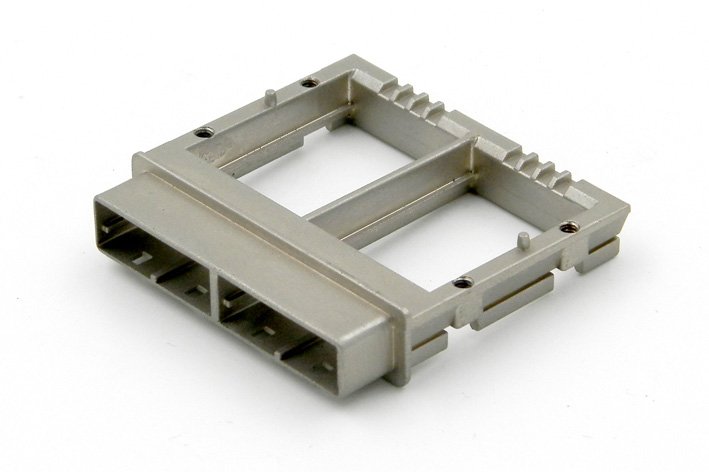When it comes to manufacturing high-quality transceivers, precision die casting plays a crucial role in ensuring the durability and performance of the devices. One particular component that benefits greatly from precision die casting is the OSFP housing.
The OSFP (Octal Small Form-factor Pluggable) is a compact and high-density transceiver module used in data centers and telecommunications networks. It provides high-speed connectivity for applications such as Ethernet, InfiniBand, and other data communication protocols.
The housing of module serves as a protective enclosure for the sensitive electronic components inside. It not only shields the components from external environmental factors but also provides mechanical support and thermal management.
Precision die casting, a manufacturing process that involves injecting molten metal into a die cavity under high pressure, offers several advantages for producing OSFP housings. Firstly, it allows for the production of complex and intricate designs with tight tolerances, ensuring a precise fit of the transceiver components.
The die casting process also enables the use of lightweight yet robust materials such as aluminum and zinc alloys. These materials offer excellent thermal conductivity and are highly resistant to corrosion, making them ideal for heat dissipation and ensuring the longevity of the transceiver.
Furthermore, precision die casting allows for cost-effective mass production of OSFP housings. The high-speed production capabilities of die casting result in shorter lead times and lower production costs compared to other manufacturing methods.
In conclusion, precision die casting is the go-to solution for manufacturing housings for transceivers. Its ability to produce intricate designs, utilize lightweight materials, and offer cost-effective mass production makes it an ideal choice for ensuring the reliability and performance of transceiver modules in data centers and telecommunications networks.





